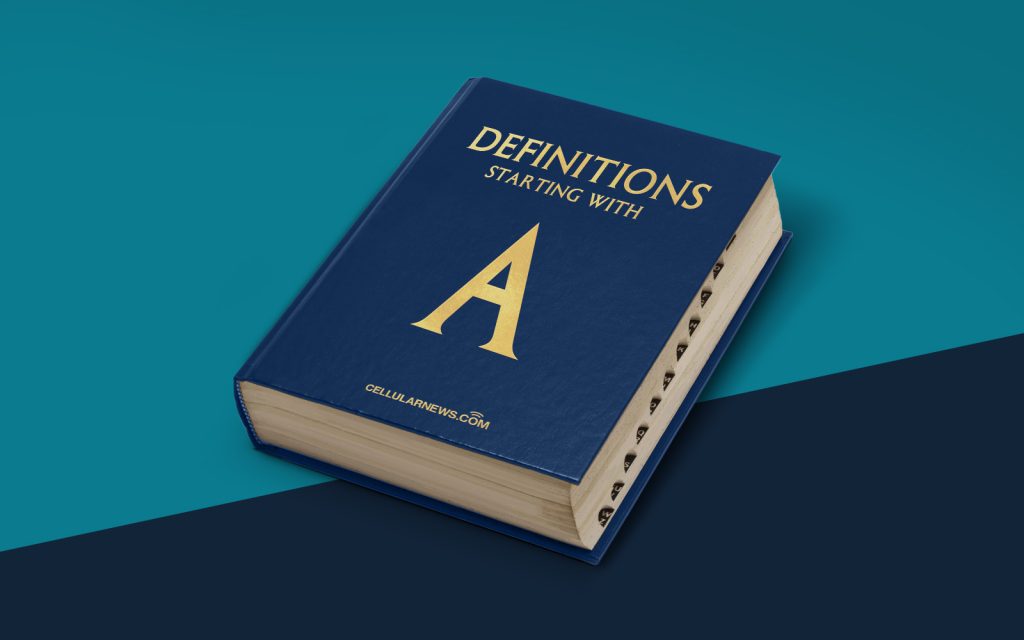
Everything You Need to Know about Asymmetric Digital Subscriber Line (ADSL)
Are you looking to understand what an Asymmetric Digital Subscriber Line (ADSL) is? Look no further! In this article, we will guide you through the ins and outs of ADSL.
Key Takeaways
- An Asymmetric Digital Subscriber Line (ADSL) is a type of broadband internet connection that uses traditional copper telephone lines to transmit data.
- ADSL provides faster download speeds compared to upload speeds, making it ideal for activities like streaming, web browsing, and downloading files.
What is ADSL and How Does it Work?
An Asymmetric Digital Subscriber Line, commonly known as ADSL, is a broadband internet technology that makes use of existing copper telephone lines to transmit data. It is called “asymmetric” because it provides different data transmission speeds for downloads and uploads. ADSL offers faster download speeds compared to upload speeds, making it suitable for activities where you have more data coming in than going out, like streaming videos and browsing the web.
ADSL works by dividing your existing telephone line’s frequency range into two channels: one for voice communication and the other for data transmission. This is achieved by using a device called a DSL splitter or microfilter, which separates the frequency bands. The voice channel is used for making calls, while the data channel is used for internet connectivity.
When you connect to the internet using ADSL, the data requests you make are sent through the data channel at high frequencies while leaving enough bandwidth in the low-frequency voice channel for telephone calls. This allows you to simultaneously make phone calls and use the internet without interference or compromising the quality of either service.
Advantages of ADSL
Now that we understand the basics of how ADSL works, let’s explore some of its advantages:
- Wide availability: ADSL is widely available, especially in areas where fiber-optic broadband is not yet accessible. This makes it a popular choice for users living in remote or rural areas.
- Faster download speeds: ADSL provides significantly faster download speeds compared to other types of internet connections like dial-up or satellite. This makes it ideal for activities like streaming movies, downloading large files, and browsing the web.
- Cost-effective: ADSL is generally more affordable than other high-speed internet options like fiber-optic or cable connections. It offers a good balance between speed and affordability for users on a budget.
- Simultaneous use: With ADSL, you can use the internet and make phone calls at the same time without experiencing any interruptions or degradation in quality.
The Limitations of ADSL
While ADSL provides numerous advantages, it’s important to keep in mind some of its limitations:
- Distance-dependent: The speed and quality of your ADSL connection are influenced by the distance between your residence and the nearest telephone exchange. The further away you are, the slower and less consistent your connection might be.
- Upload speeds: ADSL offers slower upload speeds compared to download speeds. This can be a disadvantage if you regularly need to upload large files or if you work in an industry that requires high upload bandwidth, such as video production or graphic design.
- Service degradation: The quality of ADSL connections can be affected by issues like line interference, electrical interference, or deteriorating copper cables. These factors can lead to a decrease in connection speed and stability.
Despite these limitations, ADSL remains a popular choice for many internet users due to its affordability, widespread availability, and ability to provide decent download speeds for various online activities.
So there you have it – a comprehensive overview of what an Asymmetric Digital Subscriber Line (ADSL) is. Now you can make an informed decision about whether ADSL is the right internet connection for your needs. Remember to consider factors like your location, budget, and the speed requirements for your online activities.
